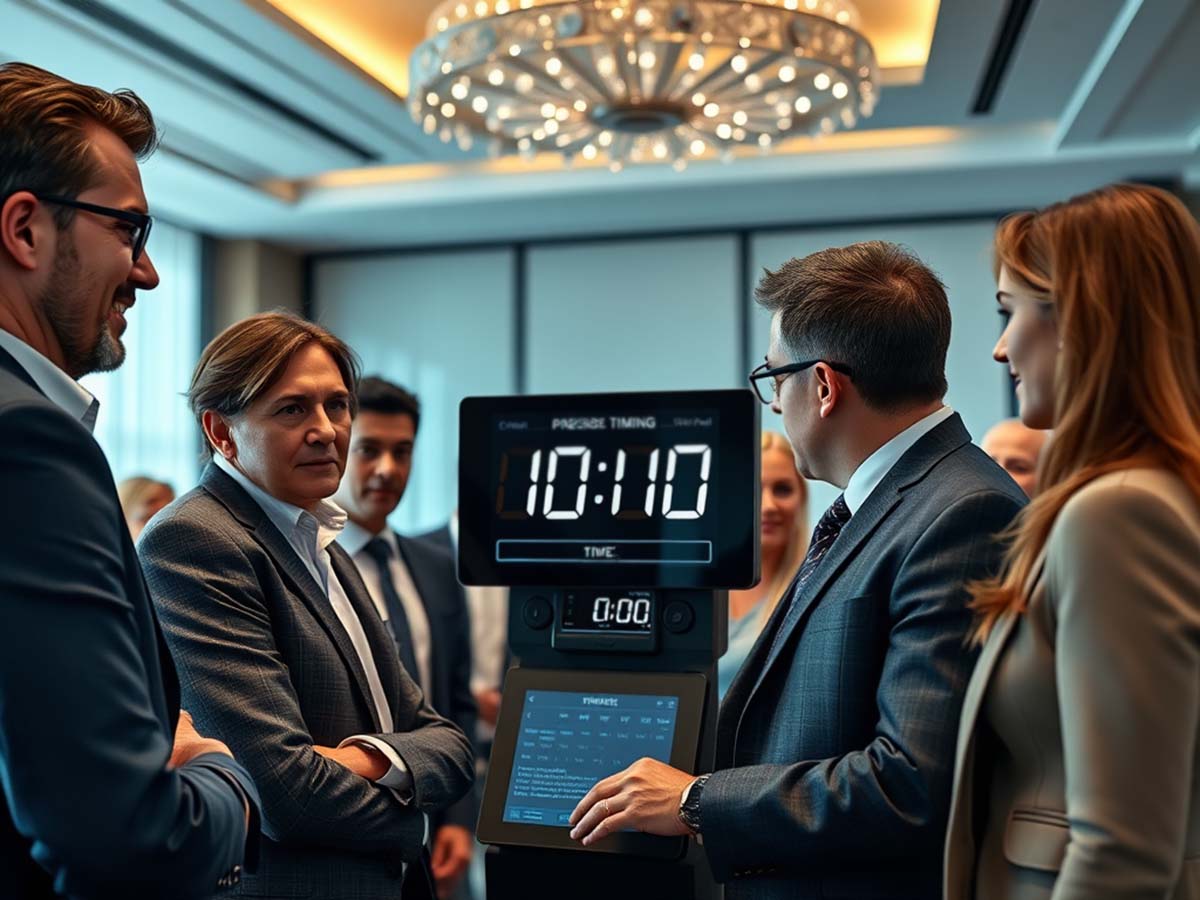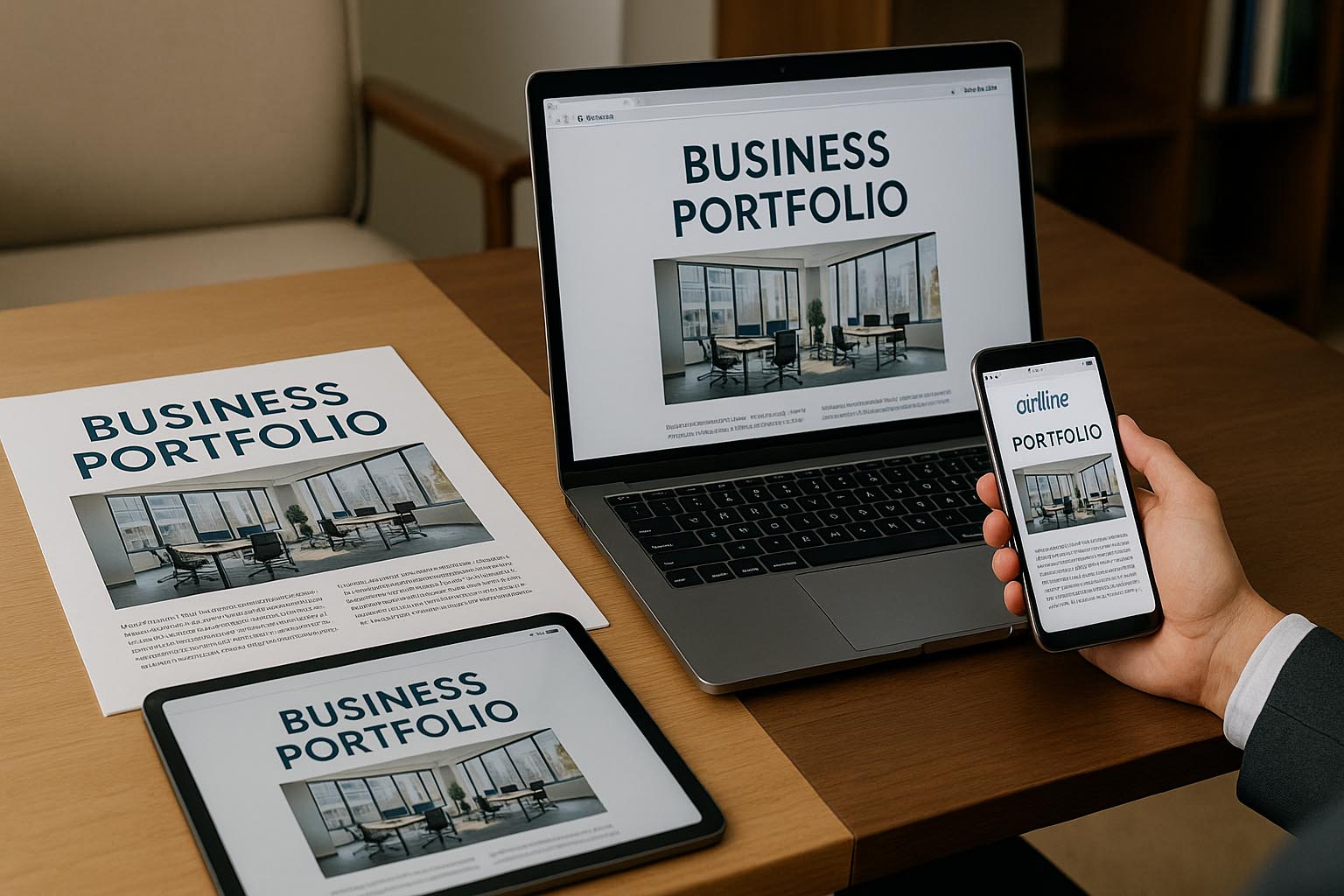Using Digital Tools to Streamline Event Planning Using Digital Tools to Streamline Event Planning
Planning events—whether for a business, a community group, or an independent content creator—can quickly become overwhelming. Details pile up, schedules overlap, and coordination often suffers. With the right digital tools, however, the entire process becomes more manageable. These tools help keep things organized, reduce miscommunication, and make every part of the planning cycle easier to track.
– Keeping communication open and efficient
– Monitoring your schedule and budget automatically
– Using data to improve future planning
Why Digital Tools Matter
Speed and clarity are expected by attendees, speakers, and stakeholders. Relying on outdated methods can cause delays and confusion. Digital tools step in to bridge these gaps. For example, a start-up in New York used Trello to assign clear tasks across their five-person team. Each person knew their role and deadlines, so the project moved forward with little back-and-forth.
In London, a design agency organized a workshop series. They used Slack to coordinate daily updates, speaker confirmations, and feedback from attendees. Having all communication in one place allowed the entire team to respond in real time, even while working remotely. Without tools like these, miscommunication might have derailed their timeline.
Types of Digital Tools
1. Project Management
Event organizers often start with Trello, Asana, or Monday.com. These tools provide task lists, assign team roles, and track progress visually. One planner in Tokyo used Asana to map out every step of a corporate seminar, from venue booking to follow-up emails. This ensured no task was forgotten and progress could be reviewed easily by supervisors.
Adding deadlines and reminders to these platforms also keeps teams accountable. Notifications prompt users when tasks are due, which is especially helpful for large teams working across time zones.
2. Communication and Collaboration
For group coordination, tools like Slack, Zoom, and Microsoft Teams allow constant contact without crowding inboxes. These platforms offer channels, threads, or chat rooms, which are ideal for keeping topic-based discussions clear.
During a hybrid event in Berlin, organizers used Zoom for speaker sessions and Slack for team messaging. When last-minute changes occurred, staff quickly updated one another without disrupting the main flow of the event.
3. Registration and Payment
Eventbrite and Cvent are well-established for managing sign-ups and payments. These platforms allow users to set up custom registration forms, collect payments securely, and access attendee lists in real time.
An NGO in Dubai held a regional leadership workshop for 300 guests. With Eventbrite, they monitored ticket sales daily, adjusted capacity limits, and exported financial data for internal reporting. These functions would have required hours of manual tracking if done without a system.
4. Analytics and Feedback
After an event, measuring engagement is just as critical as planning. Tools like Google Analytics, built into your website or landing page, can show traffic volume and user behavior. Meanwhile, SurveyMonkey gathers direct feedback from attendees.
In Vancouver, one team discovered their Q&A panel was the most appreciated segment based on survey responses and link clicks. Knowing this helped them create more engaging experiences for future events.
Steps to Adopt Digital Tools
1. Clarify Your Needs
Start with a simple question: What part of the planning process is slowing you down? If managing attendee lists is your biggest hurdle, a registration tool should be your first priority. Use SMART criteria—make goals that are specific, measurable, achievable, relevant, and time-bound.
2. Compare Platforms Thoughtfully
Before investing, try free trials. Assign someone from your team to test the platforms for ease of use and feature compatibility. In Zurich, one company tested both Monday.com and Trello over two weeks. After tracking ease of navigation, team preferences, and reporting features, they made a well-informed decision.
3. Provide Training
Once a tool is selected, train your team. Offer recorded tutorials or live demos. In Madrid, a planning agency ran two 30-minute online training sessions. Staff learned how to assign tasks, share files, and set notifications. The results were clear—less confusion and faster turnaround times.
4. Monitor and Tweak
Use analytics dashboards within the tools to review performance. Review progress weekly to catch issues early. A team in Sydney used Cvent’s weekly reports to track attendee status and note communication issues, then adjusted workflows accordingly.
Stories from the Field
In Toronto, a growing consultancy planned a trade fair welcoming guests from five countries. They used Asana for internal task delegation and Mailchimp to handle promotional emails. Every Thursday, the core team reviewed checklists and sent updates. On the event day, booth guides were printed and distributed on time. Guests complimented the smooth transitions between segments.
In Manila, a media collective used Google Sheets for RSVP tracking and WhatsApp for live updates. While simple, this system allowed them to adjust seating and food orders in real time, reducing waste and boosting attendee satisfaction.
Common Problems and Smart Solutions
- Team Familiarity: Not all staff are comfortable with digital tools. Assign someone tech-savvy to lead, and offer resources such as how-to videos and peer support.
- System Compatibility: Sometimes tools don’t connect smoothly. Tools like Zapier help link platforms and automate repetitive tasks such as sending confirmation emails or syncing calendars.
- Data Protection: Use platforms that offer encryption and privacy compliance. Always back up data and follow your local regulations for storing sensitive information.
- Budget Planning: If costs are tight, begin with free versions and expand only as needed. Often, the free tier of platforms is enough for pilot events or smaller gatherings.
How to Measure Results
Good data helps you learn and grow. Keep track of metrics like:
– Total registered and actual attendees
– Feedback scores from post-event surveys
– Budget adherence and unexpected expenses
– Reduced communication delays and smoother execution
In Amsterdam, a nonprofit combined Eventbrite ticketing data with Slack message logs using Google Data Studio. They created a weekly dashboard that highlighted ticket sale trends, most-used communication channels, and survey themes.
Tips for Smoother Planning
Even small habits can improve how you manage events. Try these:
– Log every task in a single platform to avoid confusion
– Create templates for recurring events to save time
– Use scheduled reminders to prompt team check-ins or deadline reviews
These techniques help prevent rushed decisions and keep teams on the same page, especially when working remotely.
What to Expect Next
Digital planning tools are becoming more advanced. We may soon see platforms suggesting local vendors, sending automatic thank-you messages, or offering real-time translation for global events. Some are testing mixed reality walkthroughs of venues for better visualization.
For now, many platforms already support hybrid formats, allowing you to stream sessions while managing in-person logistics. This makes it easier to host inclusive events that reach more people, even on a limited budget.
How to Choose What’s Right
To choose wisely, evaluate:
– How many people are on your team
– Expected number of attendees
– Whether the event is on-site, virtual, or both
– Your available budget and tech setup
For new teams, even a simple Trello board or shared Google Drive folder can get things moving. Larger organizations with recurring events might benefit from Cvent, Bizzabo, or other enterprise-grade platforms.
Helping Your Team Grow
Encourage your team to document strategies that work. Start a shared folder or wiki with screenshots, notes, and templates. In Berlin, a group of planners launched a private online community to exchange tips, answer questions, and recommend tools.
Sharing success stories and lessons learned reduces repeated mistakes and encourages collaboration. Over time, your team builds not only better events—but stronger skills.
Final Note
Don’t hesitate to try new tools. What works for one team may not work for another. Adjust based on your needs and always review what works best. Your digital setup should serve your goals—not the other way around.
A good tool does more than manage tasks. It helps your team stay connected, stay organized, and stay confident—no matter how complex the event might be.





